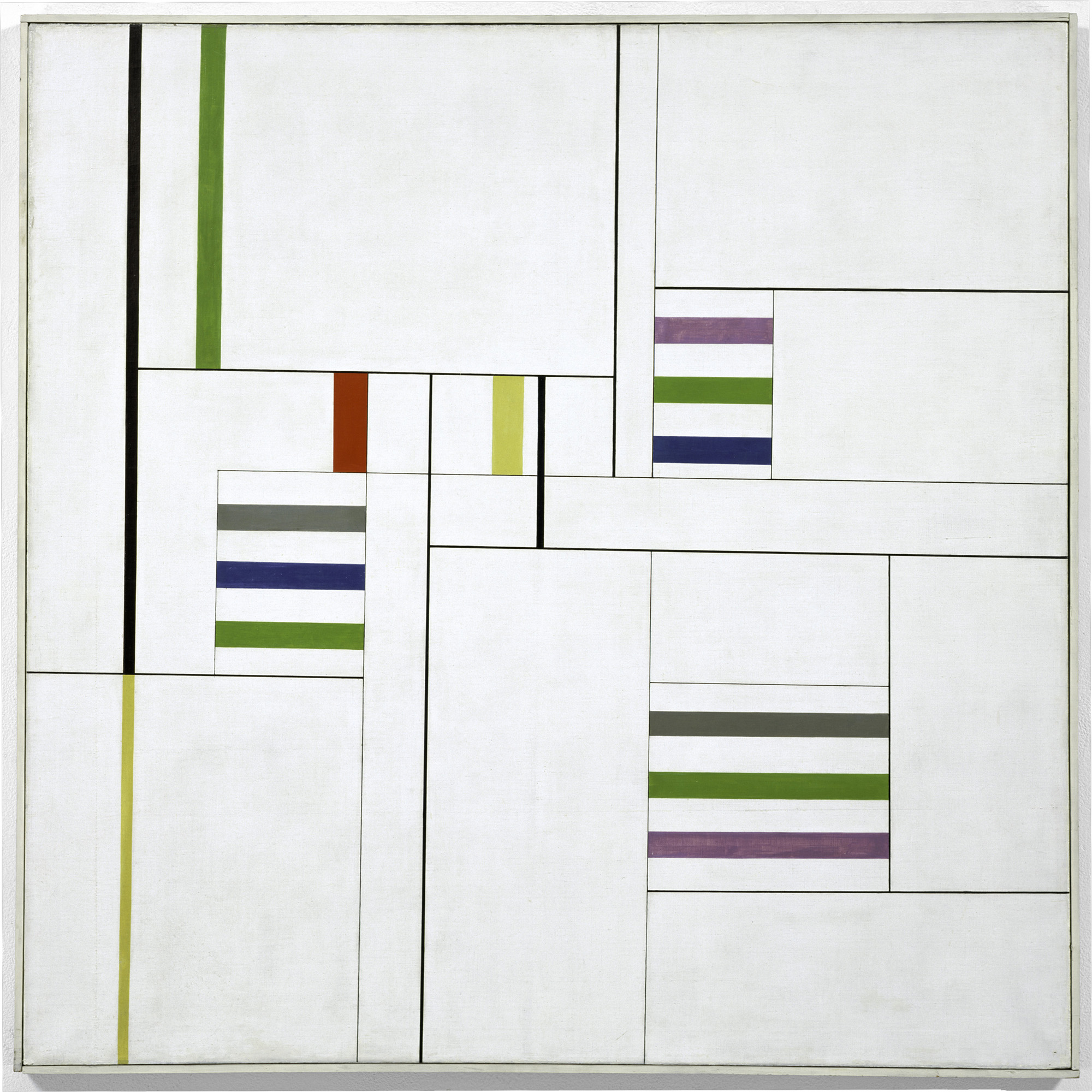
The Museum of Modern Art announces Sur moderno: Journeys of Abstraction―The Patricia Phelps de Cisneros Gift, a major exhibition drawn primarily from the paintings, sculptures, and works on paper donated to the Museum by the Colección Patricia Phelps de Cisneros between 1997 and 2016. On view from October 21, 2019, through March 14, 2020, Sur moderno celebrates the arrival of the most important collection of abstract and concrete art from Latin America by dedicating an entire suite of galleries on the Museum’s third floor to the display of artists from Brazil, Venezuela, Argentina, and Uruguay. The exhibition highlights the work of Lygia Clark, Gego, Raúl Lozza, Hélio Oiticica, Jesús Rafael Soto, and Rhod Rothfuss, among others, focusing on the concept of transformation: a radical reinvention of the art object and a renewal of the social environment through art and design. The exhibition is also anchored by a selection of archival materials that situate the works within their local contexts. Sur moderno is organized by Inés Katzenstein, Curator of Latin American Art and Director of the Patricia Phelps de Cisneros Research Institute for the Study of Art from Latin America, The Museum of Modern Art, and consulting curator María Amalia García, Consejo Nacional de Investigaciones Científicas y Técnicas (CONICET)–Universidad Nacional de San Martín, Argentina, with Karen Grimson, Curatorial Assistant, Department of Drawings and Prints, The Museum of Modern Art.
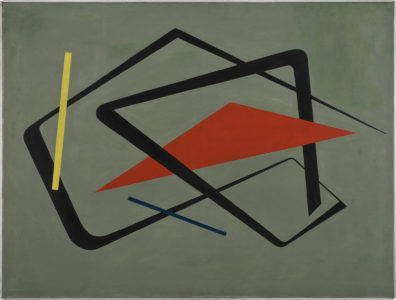
The exhibition is divided into two main sections based on the concept of transformation. The first section, “Artworks as Artifacts, Artworks as Manifestos,” presents a group of works that subverted the conventional formats of painting and sculpture. Cuts, folds, articulated objects, cut-out frames, and experiments that question the autonomy of the art object are some examples of these artists’ material explorations. One of the first works visitors encounter in the exhibition, Willys de Castro’s Active Object (1961), fuses the materiality of painting with the principles of free-standing sculpture, inviting the viewer to circle around a painted canvas. Another work in this section, Gyula Kosice’s Articulated Mobile Sculpture (1948), questions the grounds of traditional sculpture by combining strips of brass to create a movable structure that defies classification.
The exhibition’s inclusion of Spatial Construction no. 12 (c. 1920) by Aleksandr Rodchenko highlights the influence of Russian Constructivism on South American art. Similarly, images of Piet Mondrian’s works were widely circulated and had a great impact on the development of abstraction in the region. His Broadway Boogie Woogie (1942–43), on view in the exhibition, inspired investigations of kineticism among artists such as Jesús Rafael Soto, whose Double Transparency (1956) is an attempt to transform the two-dimensionality of Mondrian’s painting into a three-dimensional experience.

In the second section, “Modern as Abstract,” the language of abstraction is displayed as both a product of and a catalyst for the transformation of the artists’ surroundings. The geometrical principles of abstract painting carried over into the everyday, where artists and architects recognized one another as allies, leading to a shared operation and set of ideals. Here, María Freire’s Untitled (1954), for example, is displayed alongside archival materials and works from MoMA’s Architecture and Design collection, in an exploration of public sculptural projects and furniture design.
The final part of the exhibition is dedicated to the grid, one of modern art’s central motifs of experimentation. Gego’s Square Reticularea 71/6 (1971) and Hélio Oiticica’s Painting 9 (1959) are two examples of works in the exhibition that approached the transformation and expansion of the rational grid in different ways. Oiticica disrupted the strict geometric system with his rhythmically arranged rectangles, while Gego warps and deconstructs the reticular structure.
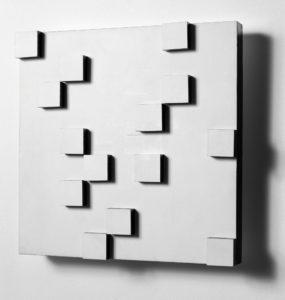
The exhibition is accompanied by a fully illustrated catalogue, with contributions from such prominent scholars in the field as María Amalia García, Irene V. Small, and Mónica Amor. The volume also includes a conversation between Patricia Phelps de Cisneros and MoMA director Glenn D. Lowry, and a dialogue between Inés Katzenstein, the Museum’s current curator of Latin American art, and Luis Pérez-Oramas, who, in addition to serving as MoMA’s Latin American art curator between 2003 and 2017, was one of the principal curators involved in the development of the Colección Patricia Phelps de Cisneros.
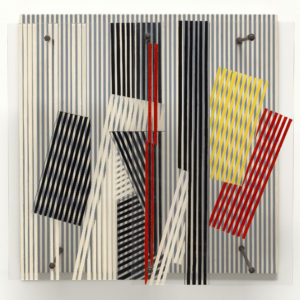

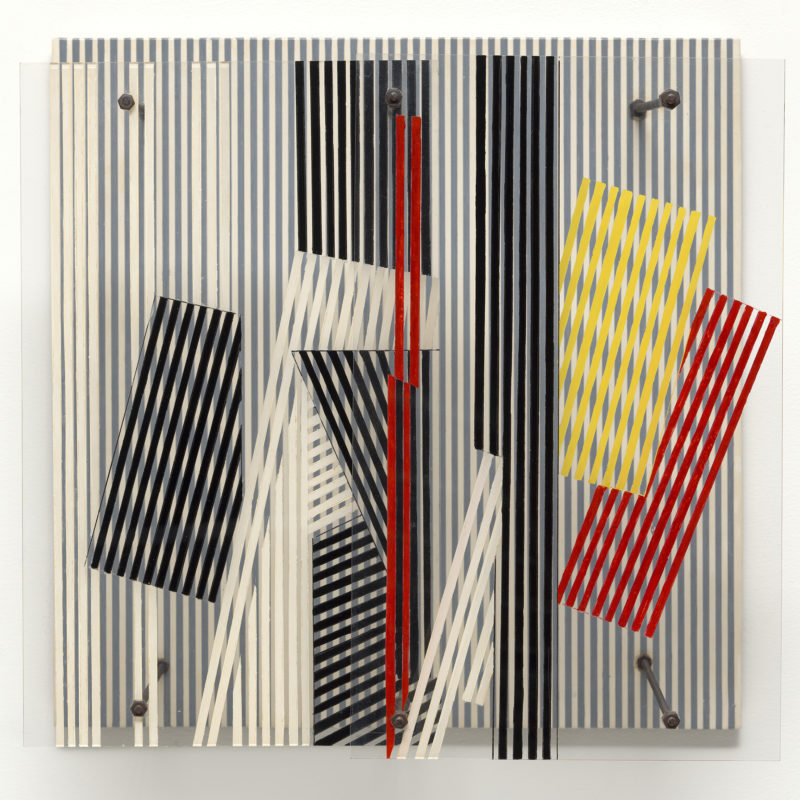

Leave a Reply